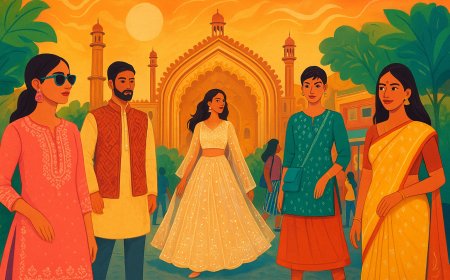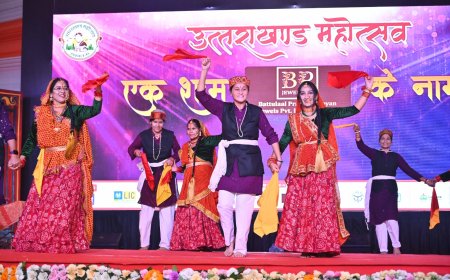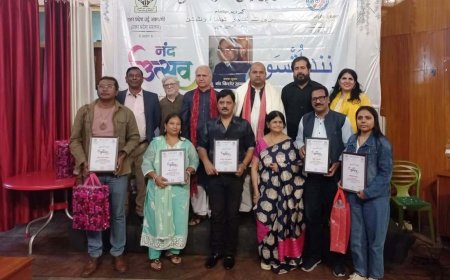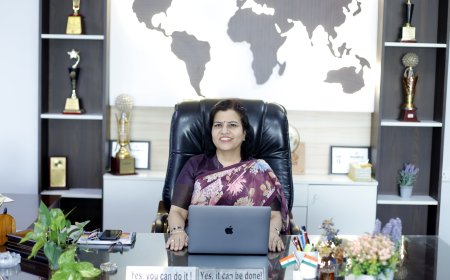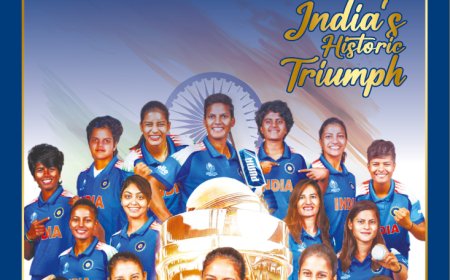Begum Akhtar: The Voice That Turned Pain Into Poetry
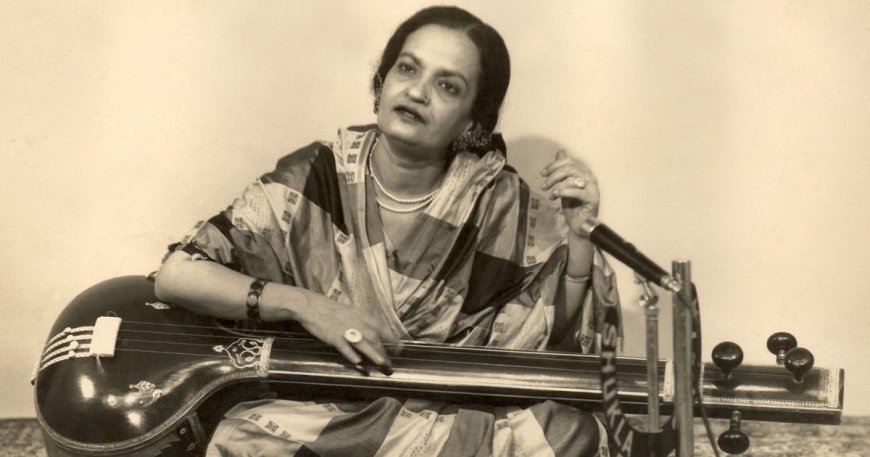
In the vast tapestry of Indian classical music, few threads gleam as luminously—or as poignantly—as that of Begum Akhtar. Born Akhtari Bai Faizabadi on October 7, 1914, in Faizabad, Uttar Pradesh, she rose from the shadows of social stigma and personal tragedy to become the undisputed Mallika-e-Ghazal—the Queen of Ghazals. Her journey from the courtesan quarters of Lucknow to the global stage is a saga of rebellion, resilience, and rapture.
Her life reads like the very ghazals she sang—steeped in longing, heartbreak, and redemption. Disowned by her father and scarred by the early loss of her twin sister, Akhtari found solace in music. Her training under stalwarts like Ustad Imdad Khan and Ata Mohammed Khan shaped her raw talent into brilliance. By age 13, she was recording for the Megaphone Company, her voice already imbued with the melancholy that would become her signature.
The 1930s saw Akhtari embracing cinema and theatre with remarkable ease. In films like King for a Day (1933) and Mehboob Khan’s Roti (1942), she not only acted but also sang her own compositions—blending Urdu poetry with cinematic melody. Her public performances, rare for women of her background, broke barriers, drawing praise from luminaries such as Sarojini Naidu.
Marriage in 1945 to barrister Ishtiaq Ahmed Abbasi momentarily silenced her voice. Confined by convention, she endured years of depression until music—her truest calling—became her cure. Her return to All India Radio Lucknow in 1949 marked a rebirth: Begum Akhtar was no longer just a singer; she was a phenomenon. Her later recordings and concerts, including one for the 1962 Sino-Indian War relief, revealed a matured artist whose every note carried the weight of lived experience.
Begum Akhtar’s genius lay in her ability to transform pain into beauty. Critics spoke of the taaseer—that indescribable emotional force—in her voice. She infused ghazals, dadras, and thumris with profound sincerity, interpreting the verses of Ghalib and Faiz with rare sensitivity. Songs like “Woh Jo Hum Mein Tum Mein Qarar Tha” and “Ai Mere Dil-e-Nadan” became immortal—each syllable a sigh, each pause a tear unshed.
Her artistry granted the ghazal a newfound dignity, lifting it from drawing rooms to concert halls. As poet Kaifi Azmi once observed, “In an audience with Begum Akhtar, you don’t just hear a ghazal—you see one.”Her influence spanned generations. Lata Mangeshkar adored her, Pandit Jasraj was inspired by her as a child, and Hariprasad Chaurasia often credited her music for awakening his artistic curiosity. Her students, including Shanti Hiranand and Rita Ganguly, carried her gayaki forward, blending her style with their individuality.
Awards like the Padma Shri (1968) and Padma Bhushan (1974, posthumous) recognized her genius, but her true immortality lies in how she humanized classical music. Documentaries like Hai Akhtari and books such as Begum Akhtar: The Story of My Ammi keep her memory alive, as do annual festivals like Dastaan-e-Akhtari, which celebrate her indomitable spirit.
Even today, her voice reverberates through digital playlists and lo-fi remixes, her songs streaming across continents, touching new generations. Her mazar in Pasand Bagh, Lucknow—shaded by a harsingar tree—remains a sanctuary for admirers who find peace in her eternal melody.
Begum Akhtar was no distant diva; she was profoundly human. She lived, suffered, and sang with a depth that transcended her time. Her ghazals remind us that beauty often blooms from sorrow, and that music, when born of truth, never dies. In every aching note of “Hamri Atariya Pe Aao”, in every silence that follows her last breath, Begum Akhtar endures—an eternal voice of love, loss, and luminous grace.
What's Your Reaction?

















